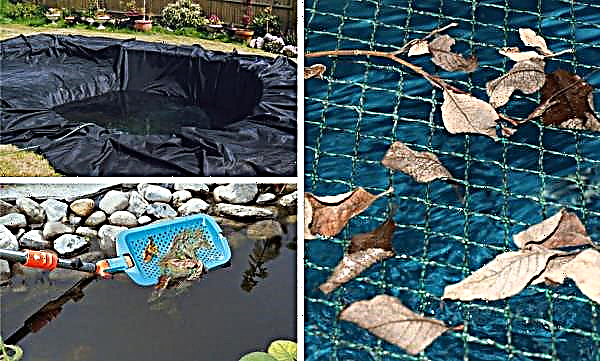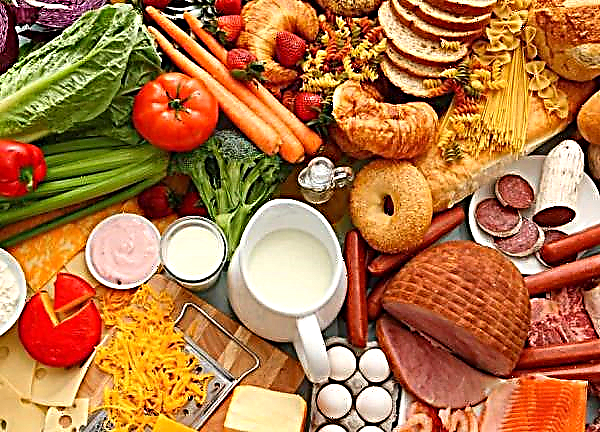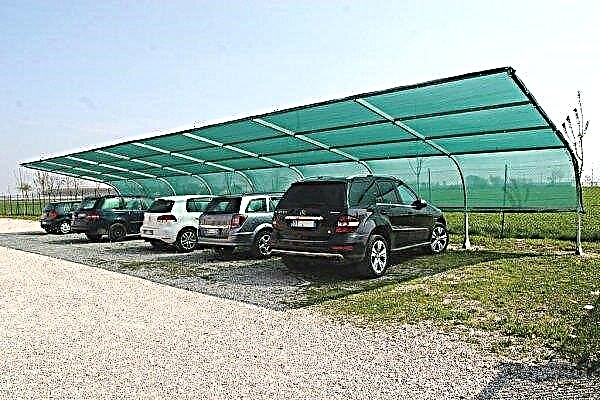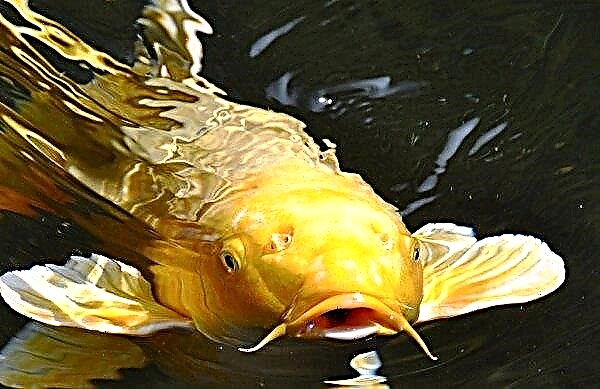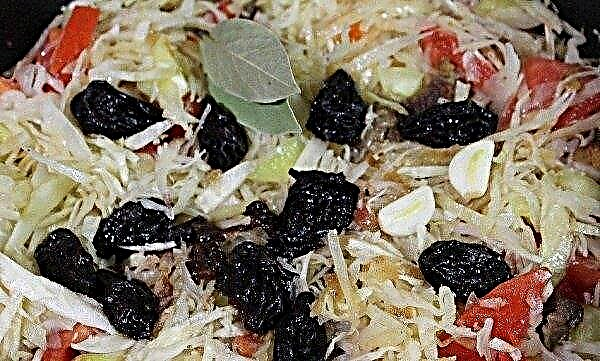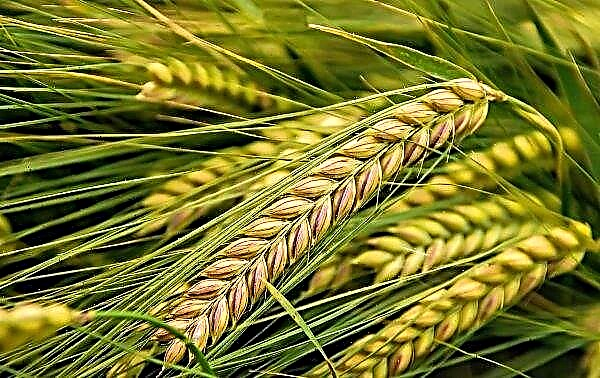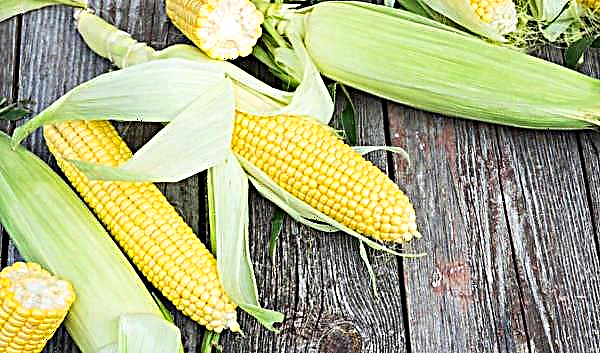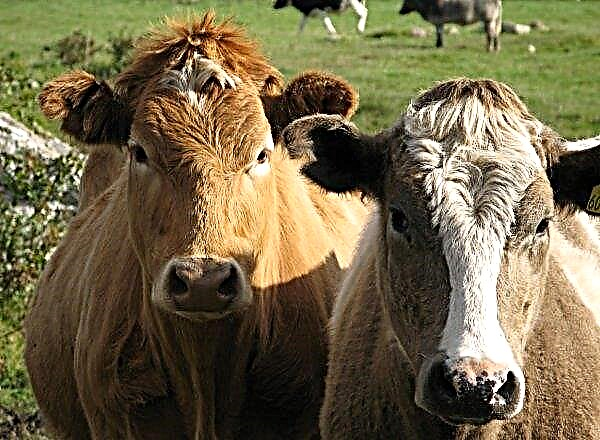Cucumbers, like many other plants of the Pumpkin family, lend themselves perfectly to selection when their best qualities are brought to the fore, and flaws are eliminated or muffled. One of these modern varieties is the Dutch variety Satin. Its characteristics and cultivation are described in this material.
Characterization and description of the variety
This young species of cucumbers entered the Russian State Register in 2009 and has so far been approved for cultivation in the North Caucasus region (Chechnya, Ingushetia, Dagestan, Adygea, Krasnodar and Stavropol Territories, as well as Rostov Region) and Nizhnevolzhsky (Saratov, Volgograd, Astrakhan region and Kalmykia).
The Sateen F1 variety is hybrid and does not require pollination; therefore, the presence of pollinating insects near plantations is not mandatory. The plant is recommended for industrial cultivation.
The appearance of the bush and the taste of cucumbers
Indeterminate parthenocarpic (without pollination) bushes of medium size and branching. Dark green and deep green leaves are larger than average and provide excellent shading for the fruit. Cylindrical cucumbers with a light edge and spiky have an average size and weight. Typically, a kilogram includes 10-12 vegetables weighing 80-100 grams. The length of the cucumber is approximately equal to its three diameters. Green and dark green fruits have unevenly located dark pimples with light spines. In the direction of the flower, the color becomes lighter with separate whitish strokes.
Typically, a kilogram includes 10-12 vegetables weighing 80-100 grams. The length of the cucumber is approximately equal to its three diameters. Green and dark green fruits have unevenly located dark pimples with light spines. In the direction of the flower, the color becomes lighter with separate whitish strokes.
Did you know? “Russian cucumber” or “Cucumber in a Russian shirt” - this is what Europeans call those fruits that have spines. In Europe itself, they prefer smooth vegetables.
Satin pulp has excellent consumer qualities:
- there are no voids;
- uniform density throughout the fetus;
- crunchiness;
- lack of bitterness.
Fruitfulness
The variety is quite productive, for which we respect summer residents and is used by farmers for mass cultivation. At the beginning of fruiting, about 115 centners are harvested from one hectare, during the period of technical maturity, the same plot can bring more than 400 centners.
A characteristic that favorably distinguishes the fruits of this variety is their high quality - marketable products for these cucumbers make up to 98% of the total crop. This means that among the mass of spoiled, shapeless and overgrown cucumbers there will be a minimum.
Ripening and flowering periods
Plants bear their first fruits approximately one and a half months after planting by seeds and 30–40 days after rooting seedlings. With low climbing, this culture gives all the strength to the formation of fruits, not shoots, so the formation of ovaries occurs early, and they develop rapidly.
Cucumbers planted in early May begin to bear fruit by mid-June. It is clear that in this case it is necessary to make a note on the climatic conditions and provide the plantation with daily care, depending on the weather.
Positive qualities and disadvantages of the variety
- The advantages of Satin are the following characteristics:
- precocity
- small climbing and compactness of the bush;
- disease resistance;
- high yield of quality vegetables;
- good appearance of cucumbers;
- high transportability;
- excellent taste;
- the ability to collect small fruits (pickles and gherkins);
- productivity.
Cons are practically absent, since Satin has all the characteristics of a modern industrial grade. You can only complain about some moodiness to the soil, but positive qualities overshadow such a flaw.
Features of sowing and growing
A plant can be grown in two common ways - seed and seedlings. The first method is much simpler and less troublesome, and in the second case you will have to incur additional time and financial costs.
Important! Both methods of cultivation give a good harvest of this precocious hybrid. All you need is a light “breathing” soil and thorough care.
In the open ground
Landing in open ground is carried out in the following order:
- the seeds are soaked in a weak solution of potassium permanganate for 15–20 minutes;
- after that they are laid out on wet gauze or natural fabric the night before planting;
- a bed is prepared in the evening - it is dug up, fertilized with organic top dressing and moderately watered;
- swollen seeds are gently pressed into the soil of the beds to a depth of 3 cm in a checkerboard pattern according to a pattern of 60x60 cm.
You can plant seeds and much closer to each other, but then there will be a need to thin out or plant the bushes. This method is more time-consuming, but will allow you to reject weak sprouts and not plant new ones instead of those that have not sprouted.
Landing in the greenhouse
It is believed that the creation of greenhouse conditions at the first stage of plant life will help them grow faster. On the one hand, this is so, but adaptation to open ground conditions during subsequent transplantation can be very difficult. Planting in a greenhouse or greenhouse does not differ from the sequence described in the previous paragraph, but for good survival, young bushes will need to be tempered.
Hardening is carried out in several stages - if the plants are in pots, then they need to be taken out to fresh air on warm days. First, this is done for several minutes, then the period gradually increases to several hours a day. Stationary shoots in the greenhouse must be aired by opening the film and giving fresh air access to young bushes so that they gradually grow stronger.
Important! According to the same scheme, you can grow seedlings on the veranda, light attic or even on the balcony of an ordinary apartment. One has only to consider that when transplanting, it is better to use the transshipment method with a lump of land.
Care Features
After the appearance of sprouts from seeds or planting seedlings in the open ground, caring for the plantation is not too different from caring for other varieties of cucumbers. To achieve high yields, you need to devote time and take good care of young bushes.
Frequency of irrigation and fertilizer
The frequency of watering depends on the weather - in the dry period, hydration is done every 3-5 days. All these days, you can check the depth of soil drying with a spatula or even a finger. If the earth has dried 2-3 cm, you can arrange an unscheduled watering. Water temperature should not be lower than soil temperature. For Satina, drip irrigation in the early morning or evening at sunset is better.
Fertilize plants before flowering and during fruiting. Standard feeding for vegetables is used - superphosphate and potash fertilizers, which are introduced into the root zone. After absorption and drying, the soil is loosened.
Garter and bush formation
Cucumber creeper is formed with one shoot, stepson branches are removed. All stepchildren are removed from the sinuses of the first pair of leaflets - this procedure is called blinding and is mandatory for Satina. Garter bushes are made on pre-installed trellises, which can be either purchased in specialized stores or made from improvised means yourself. You need to put columns 2–2.5 m high at a distance of 4 m from each other. Between them, a wire is pulled in several levels with a grid with cells of 20x20 cm for garter. Above is a shelter from an agricultural grid of low density to scatter bright sunlight.
Garter bushes are made on pre-installed trellises, which can be either purchased in specialized stores or made from improvised means yourself. You need to put columns 2–2.5 m high at a distance of 4 m from each other. Between them, a wire is pulled in several levels with a grid with cells of 20x20 cm for garter. Above is a shelter from an agricultural grid of low density to scatter bright sunlight.
Soil care
It is necessary to ensure that the soil is always loosened, and does not stand lumpy in the root zone of the bushes. The plant is very demanding on airing the soil and the access of oxygen to it. It is necessary to loosen neatly with a small hoe or rake around the stem.
Did you know? The Persian scientist and philosopher of the 11th century Avicenna recommended cucumbers to treat fever, dehydration, liver and stomach diseases.
Weed weeding is carried out regularly, as other plants will take moisture, fertilizing and mineral elements from the soil, which are intended only for cucumbers on the plantation. Mulching is not necessary, except that the weeded out weeds can be laid out in the aisles to preserve moisture.
Prevention and control of diseases and pests
For this variety, the disease is practically fearless, since resistance to them is laid at the gene level. With improper watering, putrefactive root diseases from excessive moisture are possible. Satin cucumbers are resistant to cucumber mosaic common in many other varieties and bacteriosis.
Of the pests, a nematode, spider mite or aphid can “try” the culture. It is necessary to check the leaves and stems for the possible appearance of these parasites. With a small number of insects, they are washed off with a soapy solution. If the pests seriously took up the bush, the plants are treated with Aktara or Aktellik insecticides.
Harvesting and storage
Harvested in several stages. You can collect cucumbers 3–5 cm in size for “royal” pickles, 5–7 cm are also tasty for pickling in barrels. Ordinary fruits 10-12 cm long have the same excellent taste and they are used both for the table and for processing in various ways. Like any other cucumber, it is unlikely that these vegetables will be stored for longer than 2-3 weeks. In the conditions of the refrigerator, dry storage and constant sorting of greens, you can extend their preservation for up to a month. The satin variety is interesting to summer residents and farmers in that it has excellent palatability and attractive appearance with high yields. These cucumbers have only recently appeared in our country and are gradually gaining popularity.
In the conditions of the refrigerator, dry storage and constant sorting of greens, you can extend their preservation for up to a month. The satin variety is interesting to summer residents and farmers in that it has excellent palatability and attractive appearance with high yields. These cucumbers have only recently appeared in our country and are gradually gaining popularity.

